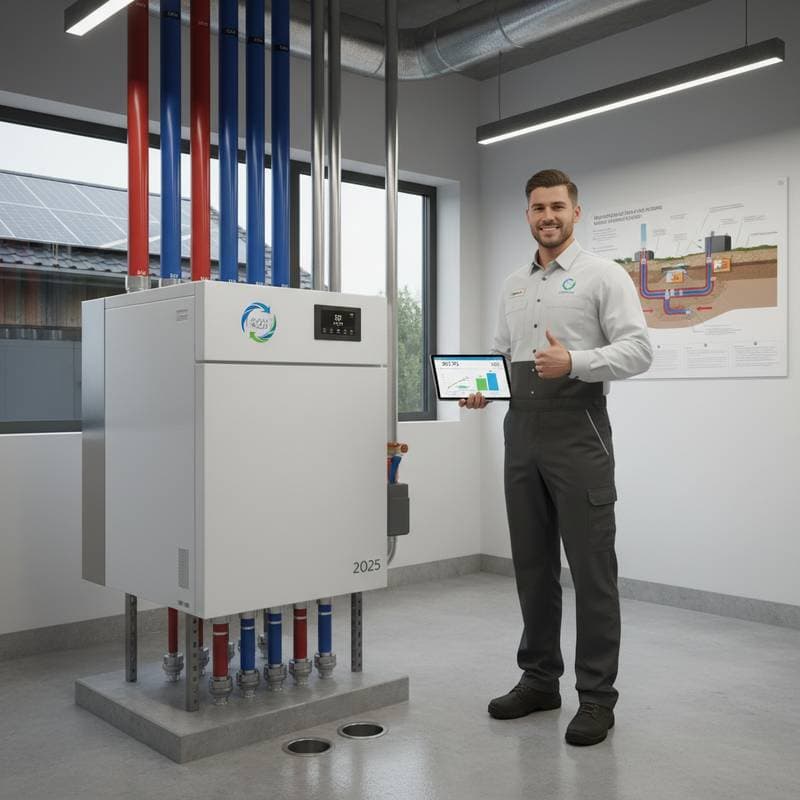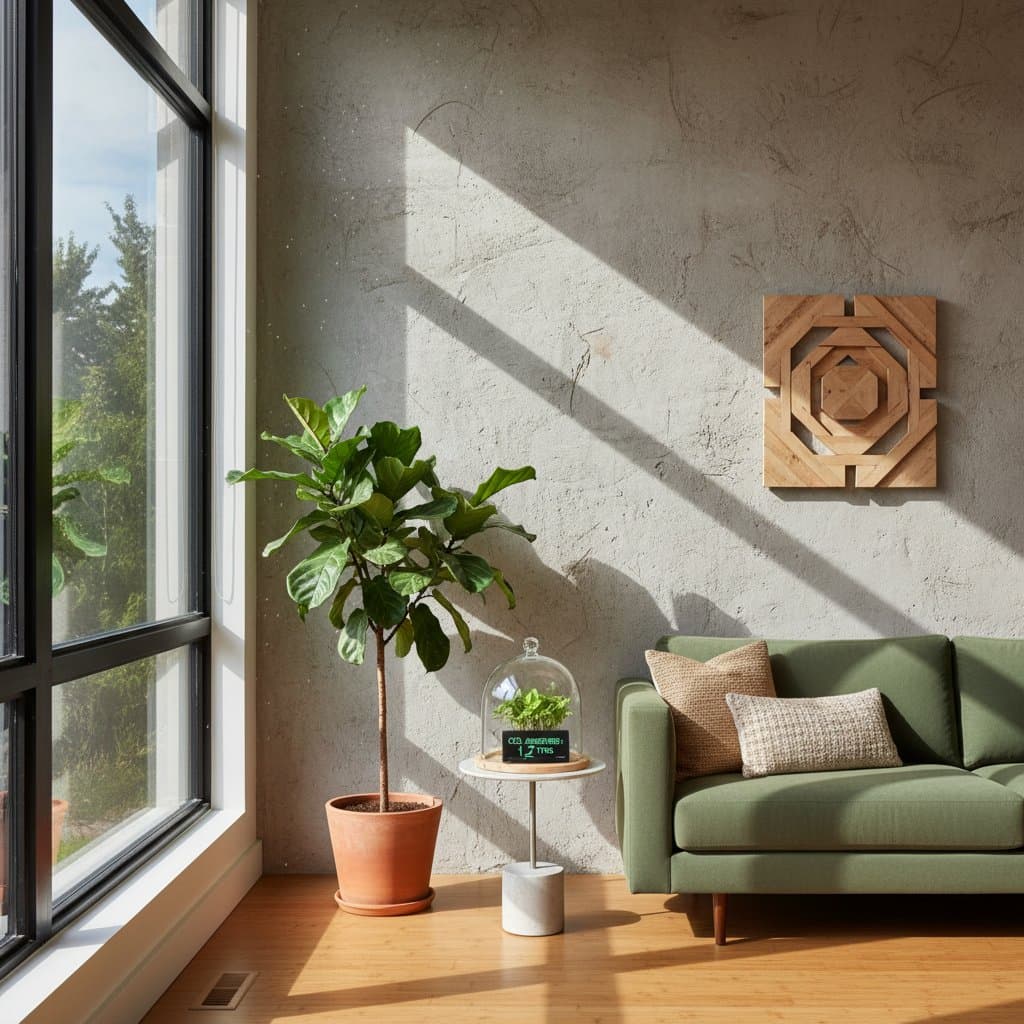Insulation Upgrades That Pay for Themselves Fast
Insulation upgrades represent one of the most effective ways to reduce energy costs in a home. These improvements not only lower utility bills but also enhance overall comfort and contribute to environmental sustainability. Homeowners often see returns on their investments within a few years through significant savings on heating and cooling expenses.
Many older homes suffer from inadequate insulation, leading to energy loss through walls, attics, and floors. Upgrading insulation addresses these inefficiencies directly. The key lies in selecting projects that offer quick payback periods, typically under three years, based on average energy prices and home sizes.
Understanding Energy Loss in Homes
Heat escapes primarily through the building envelope, including roofs, walls, and foundations. In a typical uninsulated attic, up to 25 percent of heated air can escape during winter months. Similarly, drafts around windows and doors exacerbate energy waste, forcing heating systems to work harder.
Poorly insulated ducts in attics or crawl spaces lose substantial conditioned air before it reaches living areas. This inefficiency translates to higher bills and uneven temperatures throughout the home. Identifying these problem areas through a simple energy audit provides a roadmap for targeted upgrades.
Conducting an energy audit involves checking for air leaks with a thermal camera or incense test. Professional audits cost between $300 and $500 but often qualify for rebates. Homeowners can perform basic checks themselves by feeling for drafts on windy days.
Attic Air Sealing and Insulation
Attic air sealing stands out as a high-impact upgrade with rapid returns. Sealing gaps around recessed lights, plumbing vents, and wiring holes prevents warm air from rising into the attic. Materials like caulk or spray foam create durable barriers that last for decades.
After sealing, adding blown-in cellulose or fiberglass insulation boosts the attic's R-value, a measure of thermal resistance. An R-38 to R-49 level suits most climates, potentially saving $400 to $600 annually on energy bills. The initial cost of $1,500 to $3,000 for a 1,500-square-foot home pays back in two to three years.
Professional installation ensures even coverage and avoids compression of the material, which reduces effectiveness. DIY options exist for smaller jobs, but hiring experts minimizes risks like moisture buildup. Many utility companies offer incentives that cover up to 50 percent of costs.
Duct Insulation and Sealing
Ducts often run through unconditioned spaces, where insulation wrapped around them prevents heat gain or loss. Using foil-faced fiberglass sleeves with an R-6 to R-8 rating secures pipes against temperature fluctuations. This upgrade alone can recover 20 percent of lost energy in forced-air systems.
Sealing duct joints with mastic sealant or metal tape eliminates leaks that waste up to 30 percent of airflow. In a standard home, this project costs $500 to $1,500 and yields savings of $200 to $400 per year. Payback occurs within one to two years, especially in homes with older HVAC systems.
Focus on accessible ducts first, such as those in attics or basements. Replacing flexible ducts with rigid ones provides longer-term durability. Regular maintenance, like cleaning ducts every five years, extends the benefits of this investment.
Wall and Floor Insulation Options
For exterior walls, injecting foam insulation into cavities offers a minimally invasive upgrade. This method fills gaps without removing siding, achieving an R-13 to R-21 value. Costs range from $1,200 to $2,500 for a typical home, with annual savings of $300 to $500 leading to a two-year payback.
Rigid foam boards applied to basement walls combat moisture and cold infiltration. These boards, combined with a vapor barrier, create a robust thermal break. In colder climates, this prevents frozen pipes and reduces heating demands by 15 percent.
Floor insulation, particularly over crawl spaces, involves laying batts or rigid panels. Encapsulating the crawl space with a plastic vapor barrier enhances the effect. This comprehensive approach saves $150 to $300 yearly and pays for itself in under three years.
Eco-Friendly Insulation Materials
Selecting sustainable materials amplifies the environmental benefits of upgrades. Cellulose made from recycled paper provides excellent insulation while being fire-resistant when treated. It offers R-3.5 per inch and sequesters carbon, making it a green choice for attics and walls.
Sheep's wool or cotton denim insulation serves as natural alternatives with low embodied energy. These materials resist mold and provide soundproofing alongside thermal performance. Although initial costs run 20 percent higher than synthetics, rebates for green building often offset the difference.
Cork or recycled glass options suit floors and basements, offering durability and pest resistance. Homeowners prioritizing sustainability find these materials align with long-term goals of reducing carbon footprints. The energy savings compound the ecological advantages over time.
Calculating Savings and ROI
To determine the return on investment, start by reviewing past utility bills to establish a baseline. Tools like the U.S. Department of Energy's insulation calculator estimate savings based on local climate and home size. Factor in material costs, labor, and available rebates for an accurate projection.
For example, a $2,000 attic insulation project in a moderate climate might save $500 annually, yielding a four-year ROI without incentives. With a 30 percent tax credit, the effective cost drops to $1,400, shortening payback to under three years. Track post-upgrade bills to verify actual savings.
Consider the home's overall energy profile, including appliances and windows. Combining insulation with other efficiency measures multiplies returns. Long-term, these upgrades increase property value by up to 5 percent in energy-conscious markets.
Getting Started with Your Upgrade Plan
Begin with a professional energy assessment to prioritize projects. Focus on the attic and ducts for quickest wins, as they address the largest energy losses. Budget $1,000 to $5,000 depending on scope, and explore financing through home improvement loans if needed.
Research local contractors via the Insulation Contractors Association for certified professionals. Verify warranties on materials and workmanship, typically 10 to 25 years. Schedule work during milder seasons to minimize disruption.
Monitor progress with before-and-after energy usage data. Adjust habits, such as using programmable thermostats, to maximize savings. These steps ensure upgrades deliver both immediate and lasting value.
Realizing Long-Term Home Comfort
Effective insulation transforms living spaces into efficient, cozy environments. Families enjoy consistent temperatures without drafts, leading to better sleep and productivity. Reduced reliance on HVAC systems extends equipment life, avoiding costly repairs.
Sustainability gains extend beyond personal savings, contributing to lower community energy demands. Homeowners report heightened satisfaction from greener living. These upgrades position homes for future energy standards and resilience against rising utility rates.









